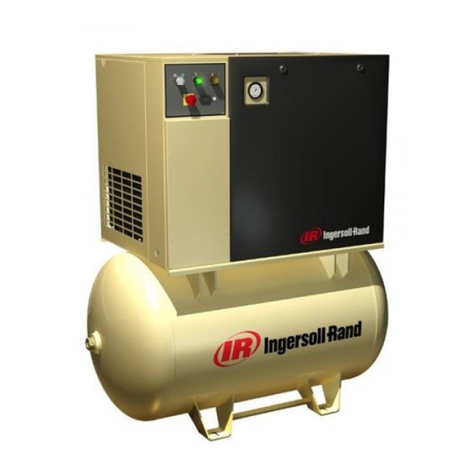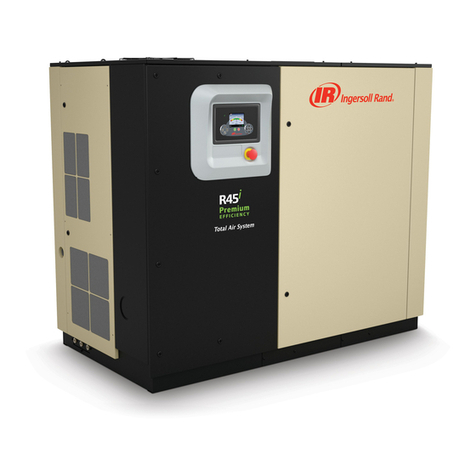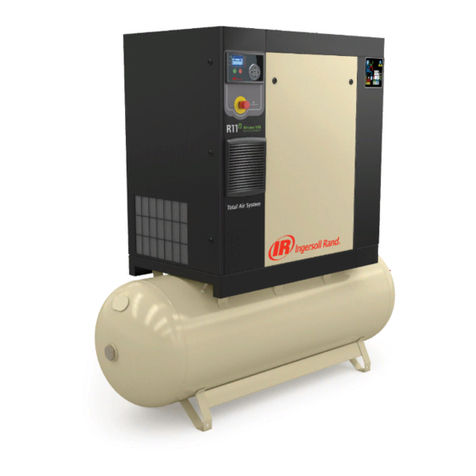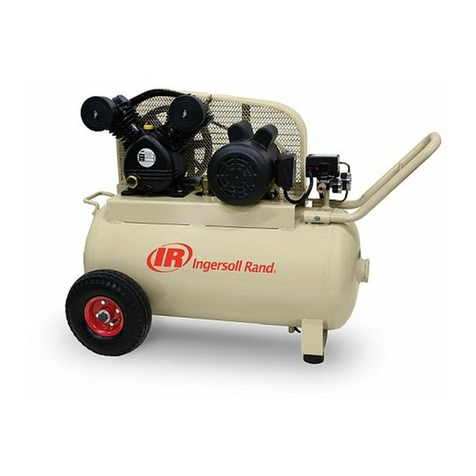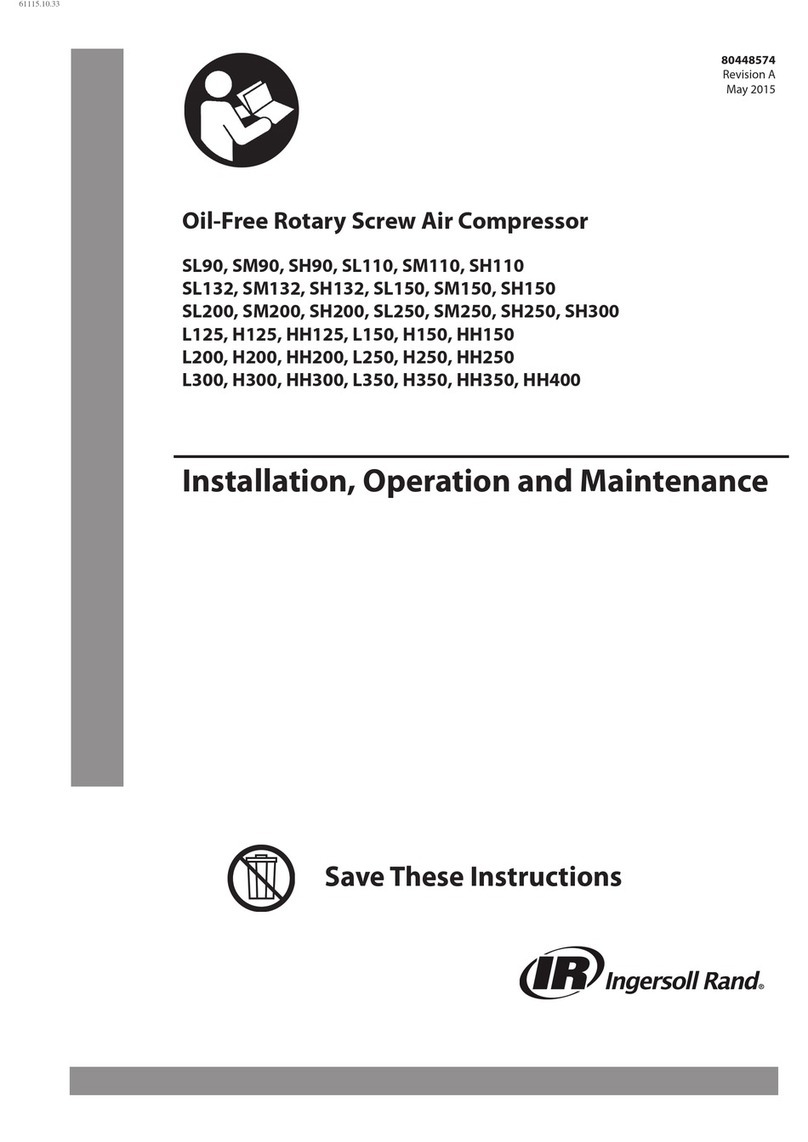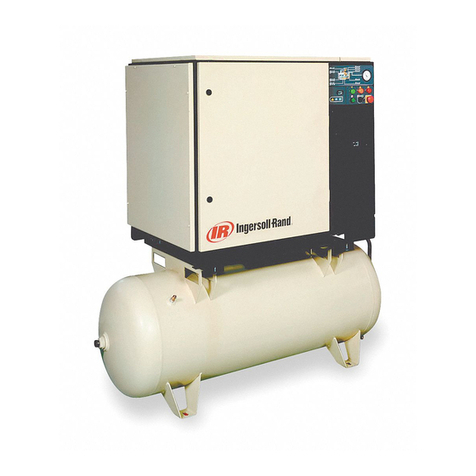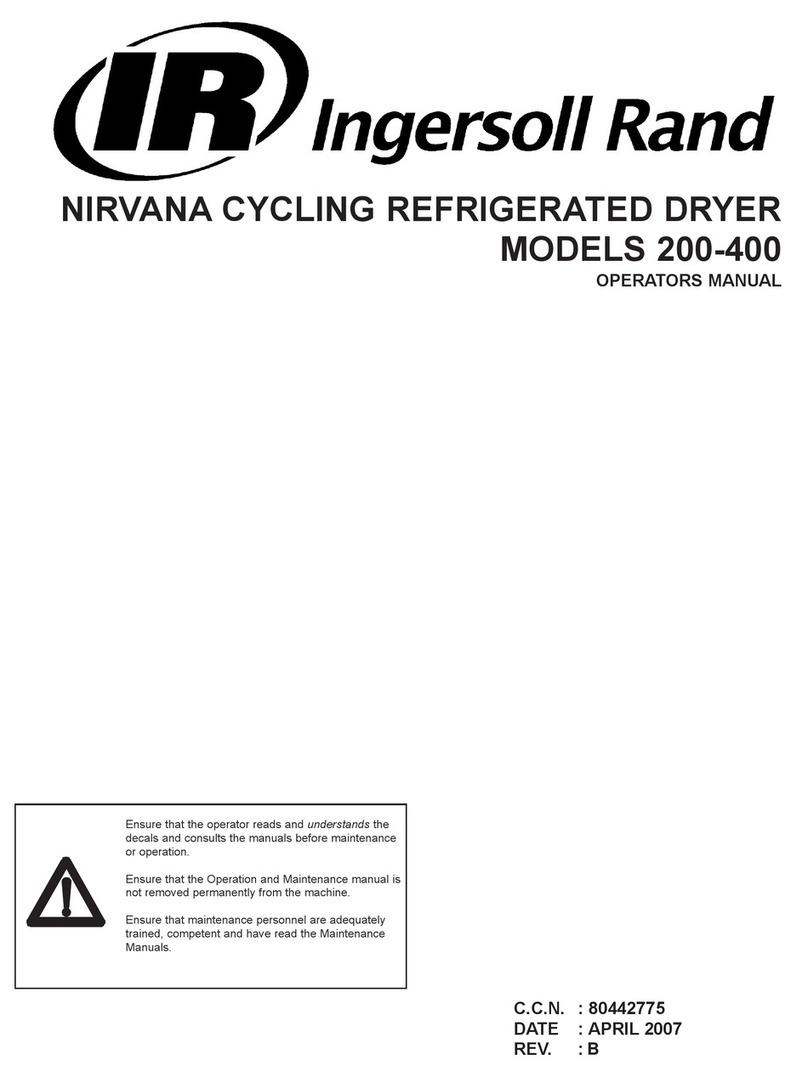
Book 43212455 (11/03)
4
SECTION 1 – SAFETY
General Information
Never operate unit without first observing all safety warnings and carefully reading the operation and
maintenance manual shipped from the factory with this machine.
Ensure that the operator reads and understands the decals and consults the manuals before
maintenance or operation.
Ensure that maintenance personnel are adequately trained, competent and have read the Maintenance
Manuals.
Make sure that all protective covers are in place and that the canopy/doors are closed during operation.
The specification of this machine is such that the machine is not suitable for use in flammable gas risk
areas. If such an application is required then all local regulations, codes of practice and site rules must be
observed. To ensure that the machine can operate in a safe and reliable manner, additional equipment
such as gas detection, exhaust spark arrestors, and intake (shut-off) valves may be required, dependant
on local regulations or the degree of risk involved.
A weekly visual check must be made on all fasteners/fixing screws securing mechanical parts. In
particular, safety-related parts such as coupling hitch, drawbar components, road-wheels, and lifting bail
should be checked for total security.
All components which are loose, damaged or unserviceable, must be rectified without delay.
Air discharged from this machine may contain carbon monoxide or other contaminants which will cause
serious injury or death. Do not breathe this air.
This machine produces loud noise with the doors open or service valve vented. Extended exposure to
loud noise can cause hearing loss. Always wear hearing protection when doors are open or service valve
is vented.
Never inspect or service unit without first disconnecting battery cable(s) to prevent accidental starting.
Do not use petroleum products (solvents or fuels) under high pressure as this can penetrate the skin and
result in serious illness. wear eye protection while cleaning unit with compressed
air to prevent debris from injuring eye(s).
Rotating fan blade can cause serious injury. Do not operate without guard in place.
Use care to avoid contacting hot surfaces (engine exhaust manifold and piping, air receiver and air
discharge piping, etc.).
Ether is an extremely volatile, highly inflammable gas. When it is specified as a starting aid, use sparingly.
DO NOT USE ETHER IF THE MACHINE HAS GLOW PLUGS OR INLET HEATER STARTING AIDS OR
ENGINE DAMAGE WILL RESULT.

